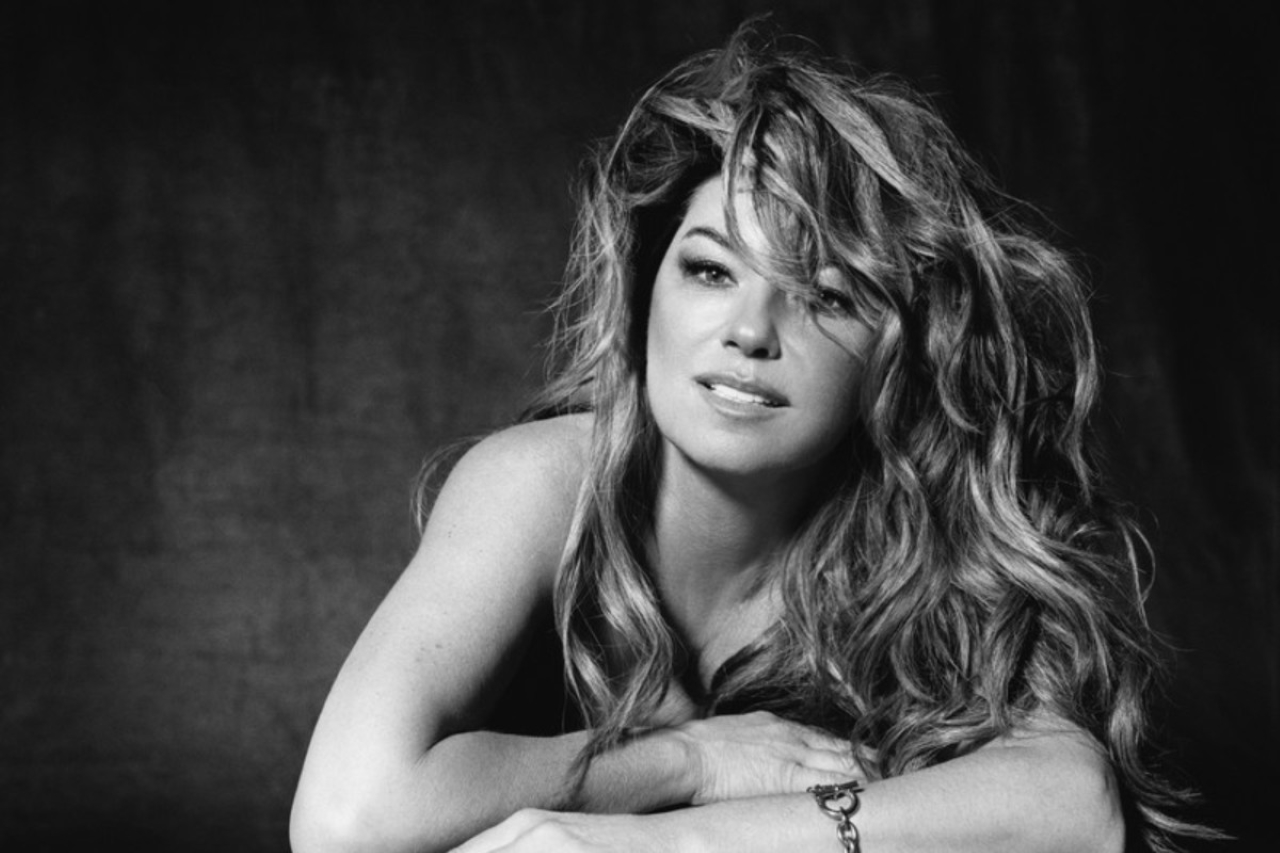🌾 A Young Canadian Woman Walks into Nashville
When Shania Twain arrived in Nashville in the early 1990s, she was already battle-tested. She had performed in bars since she was eight, raised her siblings after her parents died, and spent years as a show singer in Canada just to survive. Nashville, by comparison, wasn’t intimidating — it was a chance. But Nashville wasn’t quite ready for what was coming.
Country music still followed a very specific formula. Women were often expected to sing about heartbreak, family, and devotion. The sound was traditional, the image conservative. Shania, however, had grown up listening to Waylon Jennings and ABBA in equal measure. Her dream wasn’t to fit in — it was to change what country music could sound and feel like.

🔥 The Birth of a Song That Didn’t “Behave”
In late 1994, Shania sat down with producer Robert “Mutt” Lange to write a song that expressed her ideal kind of relationship — playful, confident, and equal. They created a song full of stomping rhythm, rock guitars, fiddles, and attitude. They called it “Any Man of Mine.”
But the song didn’t “behave” like a normal country track. It shouted, it flirted, it demanded. It flipped the gender roles on their head — instead of promising to stand by her man, Shania was telling her man what she expected.
“Any man of mine better walk the line,
Better show me a teasin’, squeezin’, pleasin’ kinda time…”
It was bold. It was joyful. And it was unlike anything Nashville had ever heard from a female artist.
🤯 The Day Nashville Didn’t Know What to Do
When the song was first played for executives and radio programmers, the reactions were mixed. Some called it “too rock” or “too aggressive.” Others said, “Women can’t sing things like that — it’ll never get played.”
But the audience thought otherwise.
The moment Shania premiered the song on The Academy of Country Music Awards in 1995, jaws dropped. She swaggered across the stage in a black crop top and huge belt buckle like she owned it — because she did. The crowd didn’t know whether to gasp or cheer… and then they cheered.
Within weeks, “Any Man of Mine” shot up to No.1. It became the first country song by a female artist to reach Platinum sales and established Shania Twain as someone who didn’t follow Nashville’s rules – she rewrote them.
⚡ A New Kind of Feminine Power
What made the song revolutionary wasn’t just the sound — it was the attitude.
Shania didn’t ask for permission. She didn’t soften the lyrics to sound “ladylike.” She stood there and declared exactly what she wanted from a man — and millions of women cheered because it was the first time they heard their voice being represented like that in country music.
It wasn’t angry. It wasn’t preachy. It was fun, confident, and fearless.
Suddenly, young girls saw a version of themselves that wasn’t passive or polite — and Nashville realized women could sell out stadiums by being bold.
🌍 The Song Heard Around The World
After “Any Man of Mine,” country music changed. Record labels started signing more female artists with stronger messages. Country radio began embracing pop-influenced production. And country concerts no longer looked like polite gatherings — they felt like rock shows.
The song also crossed over to international charts, introducing country music to people who had never listened to it before. In Europe and Asia, it became their gateway into an entirely new genre.
Shania opened a door — and thousands walked through it.
👑 Legacy: The Blueprint for Women in Country
To this day, artists like Taylor Swift, Carrie Underwood, Kelsea Ballerini, and Maren Morris say the same thing:
👉 “If Shania hadn’t done it first, we wouldn’t be doing it now.”
“Any Man of Mine” proved that women in country music didn’t have to choose between being feminine and being powerful — they could be both, loudly and proudly.
And that one moment in 1995 — a stomping beat, a fearless voice, and a woman who refused to ask for permission — changed the genre forever.